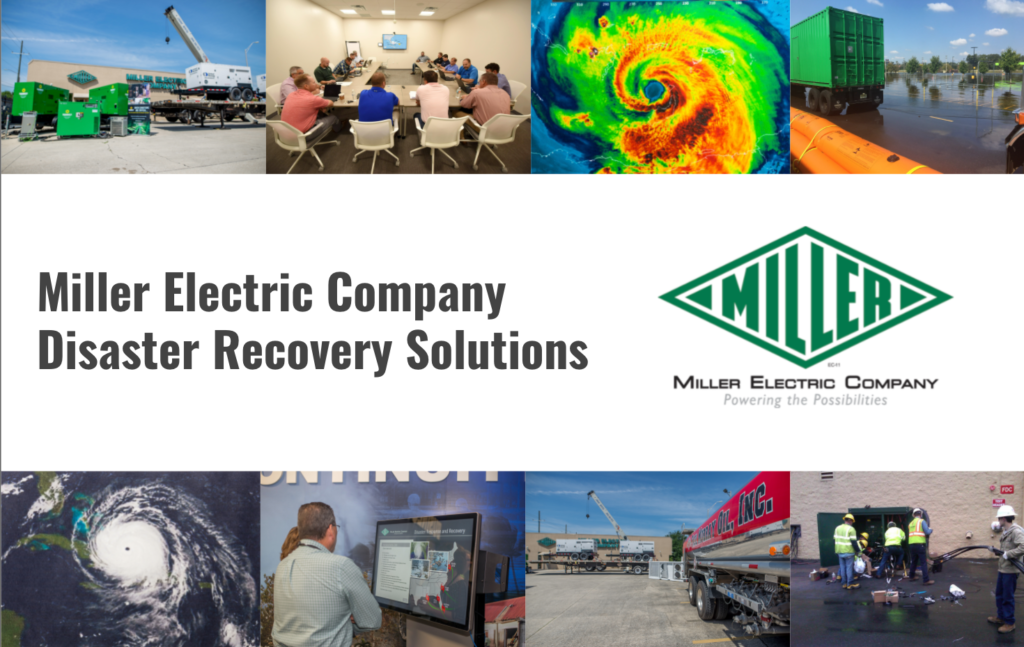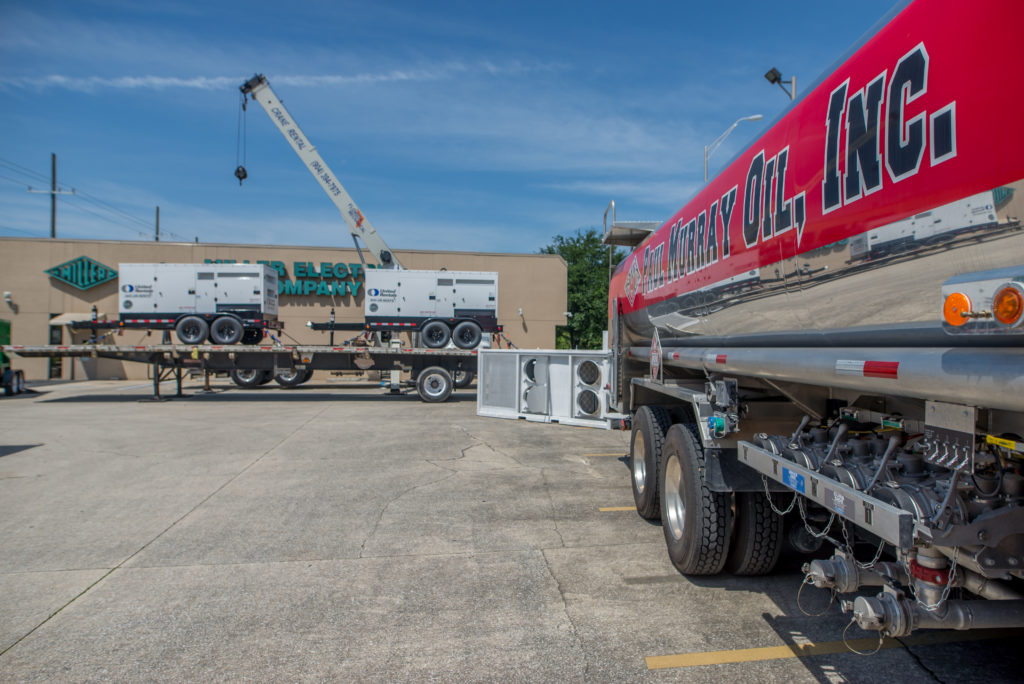 The most common natural disasters in the southeast are hurricanes. Much like the 2020 storm season, many states are preparing for an above-average amount of storms. While August – October are considered prime months for hurricanes, Sept. 10 is the statistical peak of storm activity. This peak typically occurs because the warmer waters of the Atlantic Ocean circulating during this time.
The most common natural disasters in the southeast are hurricanes. Much like the 2020 storm season, many states are preparing for an above-average amount of storms. While August – October are considered prime months for hurricanes, Sept. 10 is the statistical peak of storm activity. This peak typically occurs because the warmer waters of the Atlantic Ocean circulating during this time.
During the 2020 season, we experienced the record-shattering formation of 30 named storms. Of those 30 storms, 15 of them spawned during the season peak. September alone produced ten storms, and at one point, no less than five storms were spinning simultaneously in the Atlantic. With these memories in mind and the peak of hurricane season just around the corner, business owners and operators need to make sure their businesses have a contingency plan in place in the event of a direct hit. One element of this plan is to have a trusted solutions partner who can get your organization back up and running in record time.

Essential industries such as data centers, banking, and insurance require immediate attention after a natural disaster. Insurance adjusters need to process claims as quickly as possible for homeowners and businesses to make repairs. Banks must disburse payments to first responders and construction crews. These data transfers depend on electricity and resilient wireless networks.
Beginning with Hurricane Hugo in 1989 and gaining momentum after Hurricane Andrew, our customers began to rely on us to maintain their services to the public, which are indispensable in the aftermath of catastrophic weather. After laboring through numerous storms, our Disaster Recovery Team and Storm Response Task Force have evolved into a powerhouse capable of delivering emergency services on a national level. Equipped with disaster-specific equipment and always on standby, the teams are ready to deploy anywhere in the U.S. at a moment’s notice. In the event of a natural disaster, our committed teams leave their homes and families throughout the southeastern region to travel to the affected areas. From there, they move to rapidly rehabilitate storm-crippled communities halted by the severe forces of nature’s rage.

We have provided emergency services to insurance companies, banks, data centers, hospitals, hotels, and clients from many other industries. During Hurricane Sandy, we dispatched crews to some of the hardest-hit areas in New York, providing emergency power and telecommunications. During Hurricane Isabel, we established marshaling sites out of the storm’s path in Delaware and Maryland. After the storm destroyed their original offices, we set up and powered temporary offices for several significant banking and insurance clients, installing more than 100,000 ft of cable for telecommunication lines in the process. We provided tractor-trailers to transport heavy equipment, electrical supplies, generator sets, diesel and gasoline pump trucks, water, and ice. We set up fuel depots for cars and trucks in critical locations. We also provided the diesel for generators requiring refueling every 8 hours. The above scenario is one we dutifully repeat for our clients every time disaster strikes.

Hurricanes are not the only natural disasters to which Miller responds. We have also aided communities affected by ice storms in Arkansas, flooding in Texas, and tornados in Kentucky and Tennessee. In addition to assisting our clients in getting their power restored as fast as possible to resume operations, our team also provides logistical support by transporting and distributing pre-positioned supplies such as ice, fuel, water, MRE’s (Meals Ready to Eat), and other essential products for our customer’s employees.
Both natural and man-made disasters are unavoidable. From hurricanes, floods, and tornadoes, to infrastructure failure, hazardous material spills, or bio-terrorism, critical infrastructure managers are responsible for minimizing downtime by making preparations to ensure business continuity in the event of a disaster. That means they must stop thinking about disasters in terms of what might happen and start thinking about how they will respond when a disaster inevitably happens.
We believe that critical infrastructure managers should have the confidence of knowing they are prepared for a disaster. By building robust business continuity solutions for our clients, we have helped organizations protect their business assets. In turn, these clients can continue operations that speed up the entire recovery process for everyone affected. By choosing us as your trusted business continuity partner, we can bring that confidence and peace of mind to your organization.
